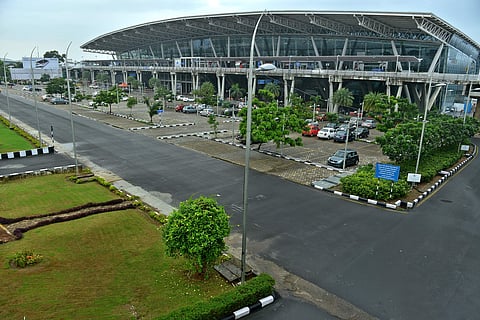

CHENNAI: The Air Navigation System (ANS) of Chennai is set to improve as US aircraft manufacturer Boeing is preparing a master plan on the latest technologies in the field and the forecast of the future requirements.
It is learnt that Boeing will recommend ways and means of harmonisation of ANS with the ANS systems of other countries or regions. This comes as passenger traffic, both, international and domestic, grew at Chennai airport at a phenomenal rate. It is further expected that air traffic across India, will continue to grow at a rate which is faster than the world. At present, airports are able to accommodate only constrained movements of aircraft due to infrastructure and procedural constraints, leading to overcrowding and flight delays.
Airport director S Sreekumar told Express that officials of Boeing held discussions with Chennai Airport authorities last week.”They are visualising the ground equipment present now and how much will be required.”
At present, India does not have a futuristic, systematic, integrated master plan of Air Navigation Services (ANS,) based on the international Civil Aviation Organisation requirements as specified in Regional air navigational plans. The country needs a futuristic Master Plan of Air Navigation Services, which operates automatically and is periodically self-triggered by traffic requirements. In the absence of such a plan, a mismatch between the air traffic requirements and air navigation system is likely to occur, leading to congestion and cost inefficiencies.
Sources said, with the global air traffic predicted to grow at the rate of 5% annually, Boeing has been offering a concept called Future Air Navigation System, or FANS. FANS offers a space-based method for handling increased air traffic, allowing operators to obtain maximum revenue from their operations while ensuring safe conditions for passengers.
The current air traffic management system is based on ground navigational aids, radar, and voice communications, and will eventually be unable to cope with predicted air traffic growth.